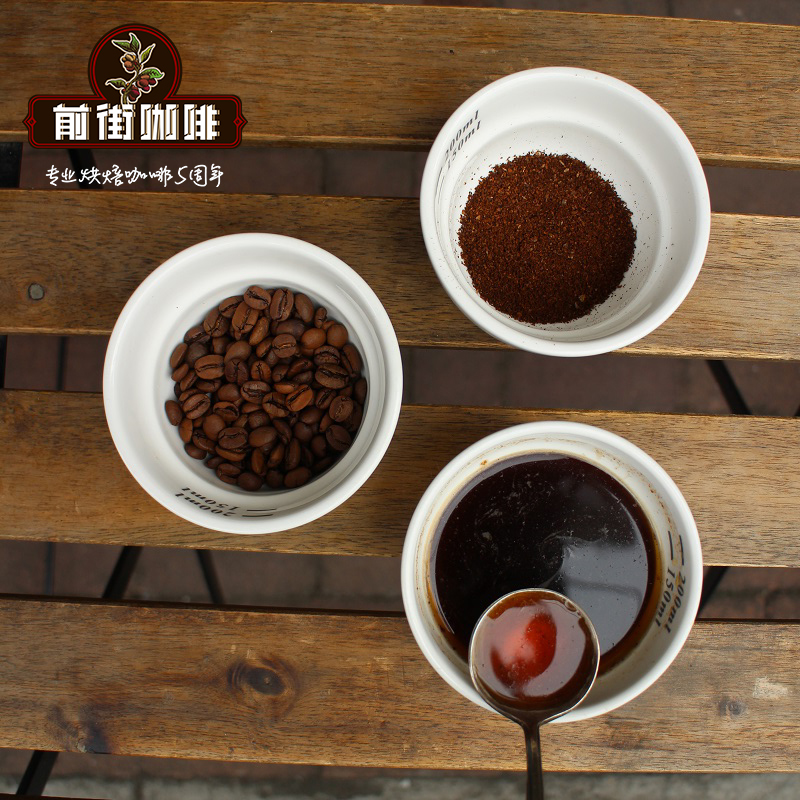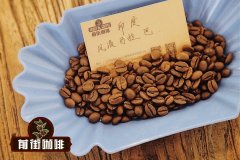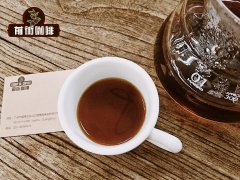How to understand the method of 46 brewing

The World Coffee Brewing Competition is an annual event in which contestants will compete for the title of "champion". The game is divided into two rounds. The first round of competitors produced four beverages in mandatory and open services. The person with the highest score will continue to compete in the final, which consists only of open services. The competitor with the highest score won the championship.
What does this mean for coffee drinkers like you and me? Have the opportunity to learn new and unique coffee preparation methods to improve the drinking experience. It's much like the new 4:6 brewing method of 2016 winner Pak Gu Zhe. Of all the competitors, Mr. Miyazawa's original formula is popular because of its realizability. In a recent article, Pagu Zhe said:
"my favorite idea is that anyone should be able to make quality coffee. I think it comes from my education and professional experience. I studied finance and worked as an IT consultant, training me in logical thinking and ways to think about repeatability. "
What is 4:6 cooking?
4:6 represents the amount of water and when to inject it. In this method, you need to use three times the amount of water to inject five stages of water. What makes this process unprecedented is the distribution of water, allowing baristas to control the sweetness of the finished product. The top 40% of cooking creates a balance between sweetness and acidity. The remaining 60% will adjust the intensity.
Make full use of the flavor of coffee beans
For full-bodied flavors, you need to grind the coffee beans properly before starting the 4:6 method. No one intends to buy out-of-date coffee, but the pre-ground beans are more or less lacking in flavor because the flavor of the grind has deteriorated. Oxygen slowly breaks down molecules, destroying the integrity of the taste and aroma of each bean. It is called oxidation and affects most edible products, such as biscuits, bread and fruit. After the coffee passes through the grinder, the fresh time is about 30 minutes. On the other hand, the freshness of the whole coffee bean can last for several weeks at a time.
Coarse ground coffee
Before you start at 4:6, you need to use a grinder to get coarse ground coffee. Achieving grinding consistency is essential to providing the perfect 4:6 method. Water interacts with coffee beans to extract flavor from coffee powder. When the water washes on the beans and begins to pull the flavor, the acidity and acidity of the beans will be filtered into the coffee. This is why hot water is used to further identify the aroma of beans, which boil with properties that make each kind of baking unique.
4:6 method step by step
46 in the brewing method, 40% of the water is initially injected in two stages. If you want to brew coffee with 300ml water, 40% is equal to 120ml water. You can average the amount of 120ml into two injections, or you can first inject 50ml water for steaming, and then inject 70ml hot water at the end of the steaming. The key point of this operation is to extract the sweetness and acidity of the coffee.
After 40% of the water is injected, start injecting the last 60% of the water. The last 60% of the water is injected 3 times, and the amount of water injected each time is 60ml. More importantly, each injection should be carried out after all the previously injected water has flowed into the kettle.
Important note: each pouring is essential and is a unique component of this winning method. The water should be dripped completely before starting the second flushing. This should last about 45 seconds. If you drip faster or slower, adjust the thickness of the beans to fit.
Important Notice :
前街咖啡 FrontStreet Coffee has moved to new addredd:
FrontStreet Coffee Address: 315,Donghua East Road,GuangZhou
Tel:020 38364473
- Prev

Flavor characteristics of Indian monsoon Malaba coffee monsoon treatment of coffee beans
Background of Malaba in India in the 17th century a Muslim named BABA BUDAM made a pilgrimage to Mecca and brought coffee tree seeds back to India. He planted the seeds near his hut in mysore. In 1840, the British began to plan to grow coffee in South India. Karnataka, located in the southwest of malabar, India, is a major producer.
- Next

The Flavor characteristics of Kenyan Coffee the trading mode of Kenyan coffee
Kenyan coffee has always been loved by many people in the boutique coffee industry, but what's the difference between Kenyan coffee? How do coffee treatments and unique varieties affect the flavor we drink? The flavor characteristics of Kenyan coffee Kenyan coffee is complex and full of fruit flavor, bright acidity, full taste and unique aroma. The best-known flavor characteristics, Jean Xu
Related
- Beginners will see the "Coffee pull flower" guide!
- What is the difference between ice blog purified milk and ordinary milk coffee?
- Why is the Philippines the largest producer of crops in Liberia?
- For coffee extraction, should the fine powder be retained?
- How does extracted espresso fill pressed powder? How much strength does it take to press the powder?
- How to make jasmine cold extract coffee? Is the jasmine + latte good?
- Will this little toy really make the coffee taste better? How does Lily Drip affect coffee extraction?
- Will the action of slapping the filter cup also affect coffee extraction?
- What's the difference between powder-to-water ratio and powder-to-liquid ratio?
- What is the Ethiopian local species? What does it have to do with Heirloom native species?

